Heading into the great outdoors for a hiking and camping adventure is an exhilarating experience. However, it’s essential to ensure your safety, especially when it comes to potential animal encounters. While nature is generally peaceful, wildlife can pose unexpected threats if you’re not prepared. Here are 12 essentials you should consider bringing to protect yourself from animal attacks while enjoying the wilderness.
1. Bear Spray: Your First Line of Defense
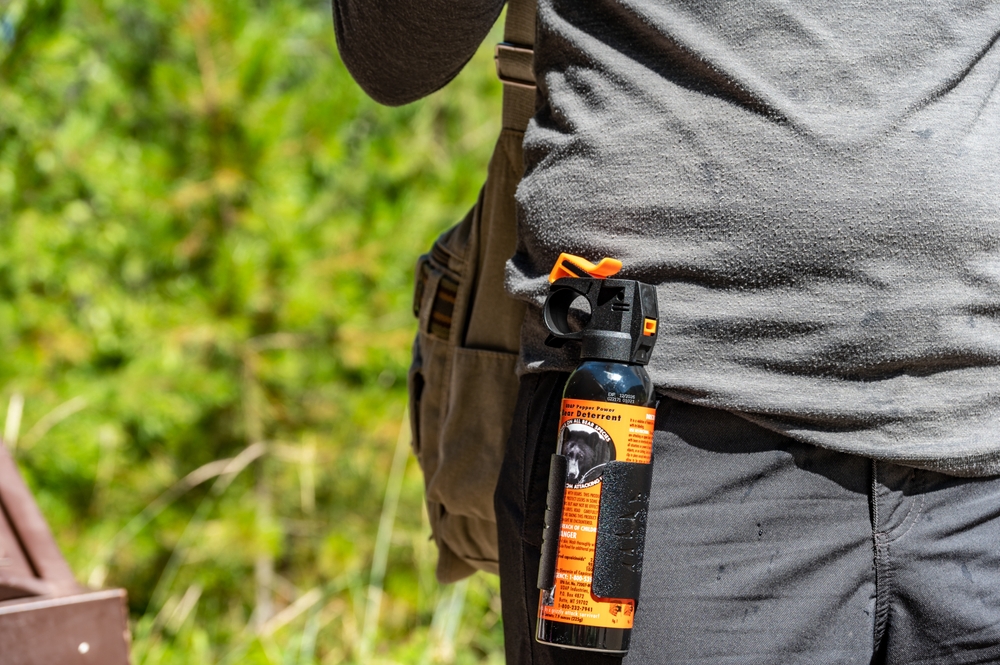
Bear spray is a must-have when venturing into territories known for their bear populations. This potent deterrent is akin to pepper spray but designed specifically for larger animals. It’s non-lethal and can stop a charging bear in its tracks, giving you time to retreat to safety. According to the U.S. National Park Service, bear spray is the most effective means of deterring aggressive bears. Always keep it within easy reach, such as clipped to your belt or backpack strap, and make sure you know how to use it before you head out.
In addition to bears, bear spray can also be effective against other large mammals, such as moose or mountain lions. While it’s a powerful tool, it’s crucial to remember it’s only one aspect of staying safe from wildlife. Make noise while you hike to avoid surprising animals, and learn about the specific wildlife in the area you’re exploring. Being aware and prepared is your best strategy for staying safe in the wild.
2. Whistles: Small But Mighty
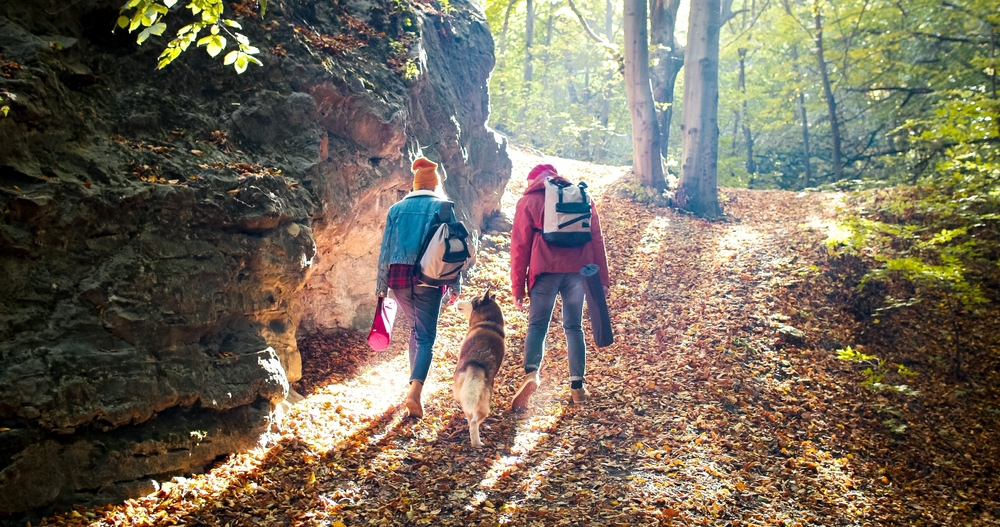
A whistle might seem like a simple tool, but its benefits are significant when you’re out in the wilderness. The sharp, high-pitched sound of a whistle can deter curious or aggressive animals by startling them, giving you a chance to create distance, according to Section Hiker. In addition to its animal deterrent capabilities, a whistle is also an excellent tool for signaling for help if you’re lost or injured. It’s lightweight, easy to carry, and can be attached to your backpack or worn around your neck for quick access.
Using a whistle as a non-aggressive way to communicate your presence, especially in predator territory, can prevent unwanted encounters. It’s also effective as a backup method to deter smaller animals like raccoons or coyotes. To maximize its effectiveness, give a few short, sharp blasts. Remember, a whistle can save more than just your life; it can protect your belongings from curious critters as well.
3. Hiking Poles: More Than Just a Walking Aid
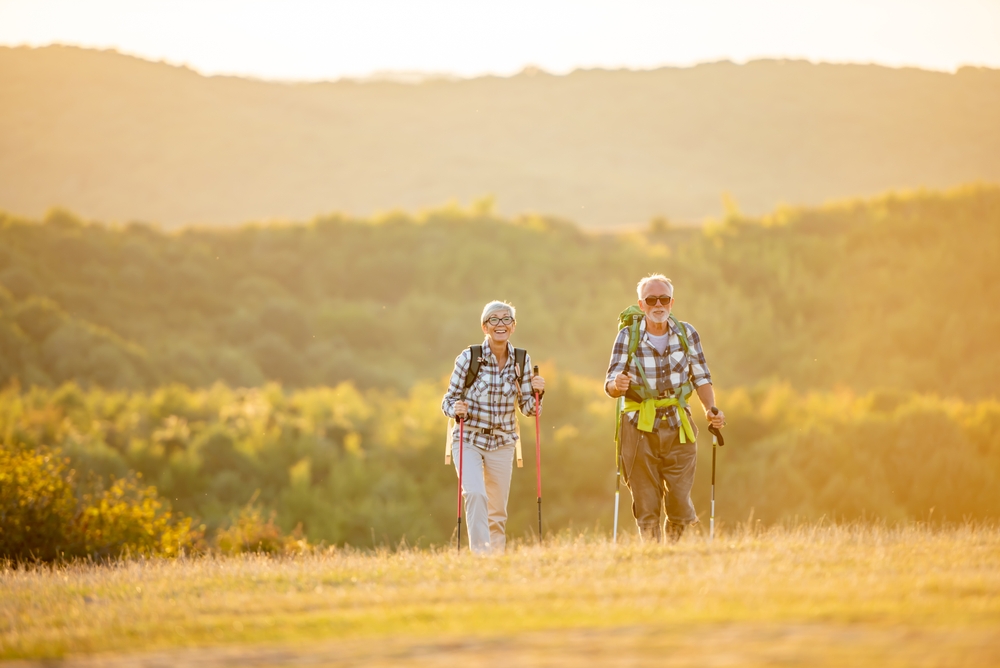
Hiking poles are often seen as a tool to assist with balance and reduce strain on your joints, but they can also serve as a protective measure. When encountering wildlife, poles can be used to create noise by tapping them against rocks or trees, thus scaring off animals. They can act as a physical barrier or weapon to ward off aggressive animals in more dire situations. According to The Great Outdoors, hiking poles can be an effective deterrent against snakes and other small to medium-sized animals.
In addition to their animal deterrent benefits, hiking poles help you maintain a steady pace and conserve energy over long hikes. This means you’re less likely to be caught off guard by wildlife due to fatigue or stumbling. They also come in handy when navigating through dense vegetation, allowing you to test the ground ahead, which can prevent unexpected encounters with critters hiding in the underbrush. Remember, being proactive and aware of your surroundings is key to safety.
4. Flashlights: A Bright Idea for Safety
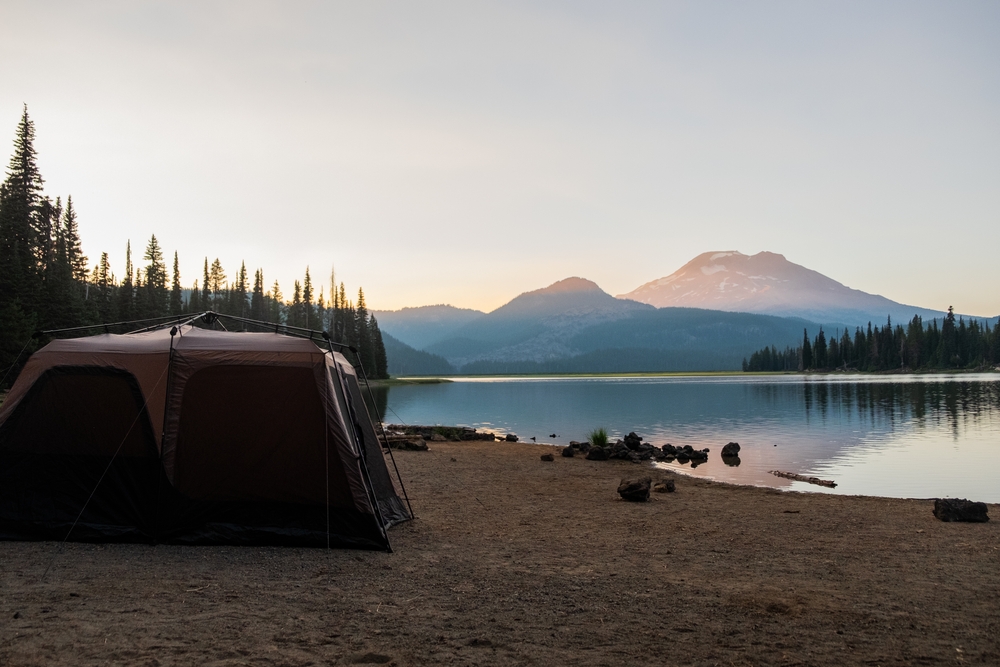
A reliable flashlight is an essential part of any outdoor adventure, especially when camping overnight. Animals are often more active at night, and a flashlight can deter them by shining a bright light to startle or scare them away. It’s essential to choose a flashlight with a long battery life and a powerful beam to ensure you can see and be seen. Having a flashlight also helps you navigate in the dark, minimizing the risk of stumbling upon wildlife unexpectedly.
In addition to deterring animals, a flashlight can also signal for help in case of an emergency. Flashlights with strobe functions can disorient larger animals, providing an extra layer of protection. Always keep your flashlight readily accessible, and carry spare batteries or a backup light source. Remember, the brighter and more reliable your light, the safer your camping experience will be.
5. Food Storage: Lock It Up
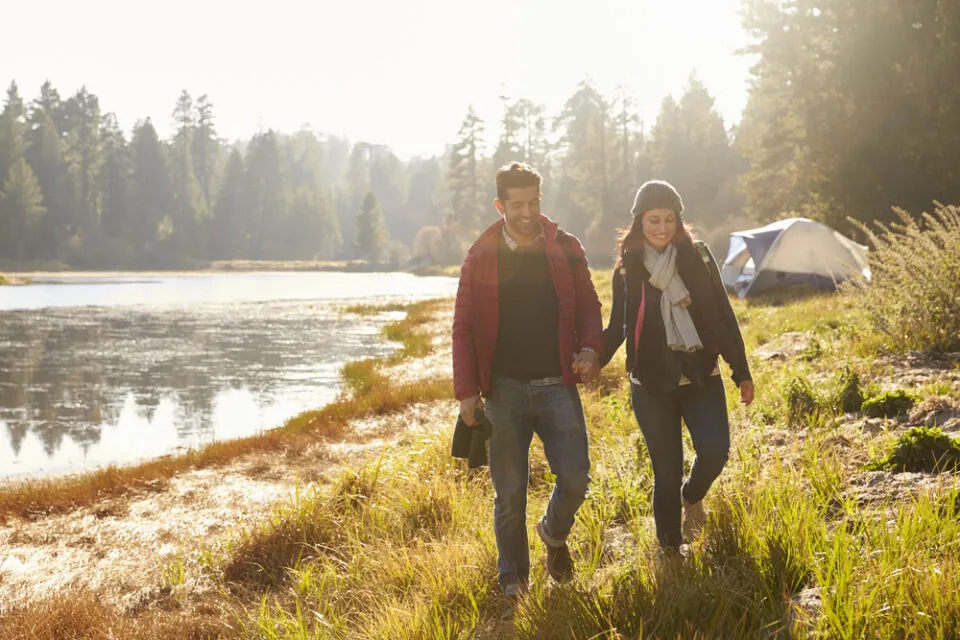
Proper food storage is critical when camping, as food smells can attract wildlife to your campsite. Using bear-proof containers or hanging your food in a tree can keep animals from approaching your area. The Leave No Trace Center for Outdoor Ethics advises campers to store all scented items securely, including toiletries and trash, to prevent attracting wildlife. This practice not only protects you but also keeps animals from becoming accustomed to human food, which can be harmful to them.
Taking steps to store food properly will minimize encounters with animals like raccoons, bears, and rodents. In backcountry settings, consider bringing odor-proof bags to further reduce the chance of attracting wildlife. Keeping a clean campsite and cooking away from your sleeping area are also effective strategies. Always inspect your campsite for food scraps or spills before heading to bed.
6. Clothing Choices: Stay Smart, Stay Safe
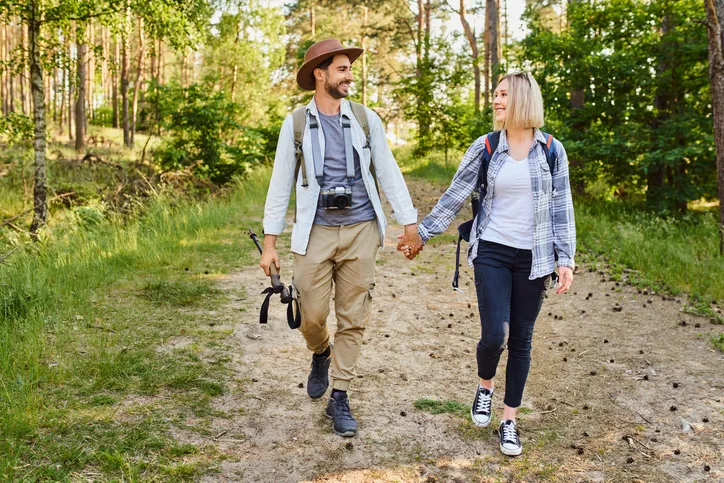
The clothing you wear can play a surprising role in your safety while hiking and camping. Brightly colored clothes can help you stand out in the wilderness, making you easily visible to other hikers and potentially scaring off wildlife. Conversely, if you’re entering an area where you need to be more inconspicuous, natural colors might be more appropriate. Wearing long sleeves and pants can also protect you from insects and plants that may cause irritation.
In colder environments, wearing layers allows you to adapt to changing temperatures, keeping you comfortable and alert. Staying warm helps prevent fatigue, which can be crucial in maintaining awareness of your surroundings. Additionally, consider wearing clothes with built-in insect repellents or UV protection for added safety. Ultimately, thoughtful clothing choices can enhance both your comfort and safety in the wild.
7. Noise Makers: Keep the Silence at Bay
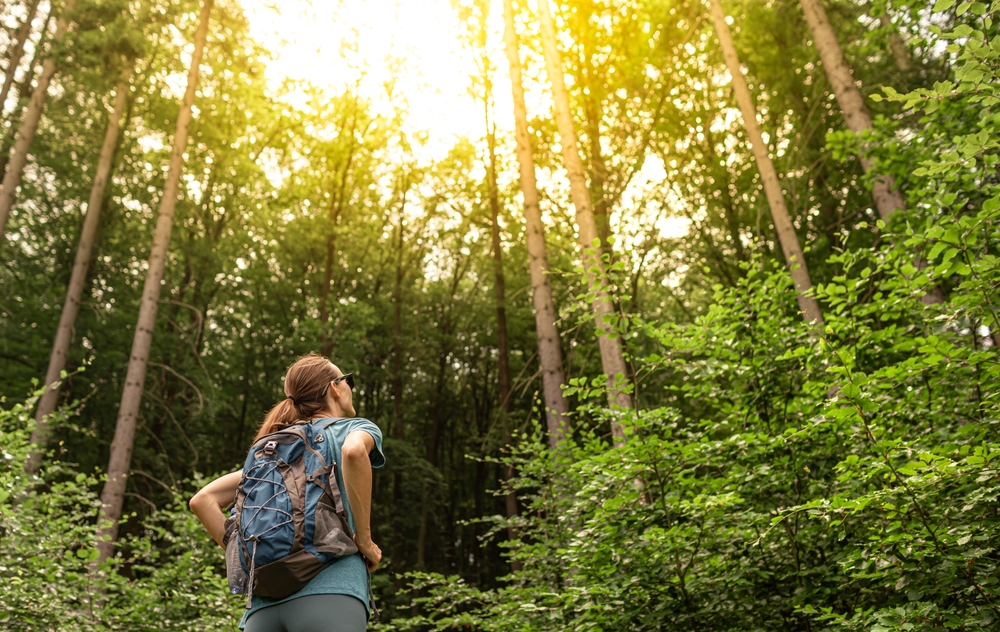
Making noise while hiking can prevent surprise encounters with wildlife, as most animals will avoid humans if they hear them coming. Bells or other noise makers attached to your gear can create a constant sound that alerts animals to your presence. This is particularly useful in dense forests or areas with limited visibility. It helps to periodically shout or clap, especially in areas known for larger predators.
Noise makers are an easy addition to your safety toolkit and help keep both you and the animals safe. They prevent startling encounters that could lead to defensive behavior from the animal. While hiking with a group, engage in conversation or sing to maintain a steady noise level. Remember that being consistently noisy is better than surprising a wild animal, ensuring a safer hiking experience.
8. First Aid Kit: Prepare for the Unexpected
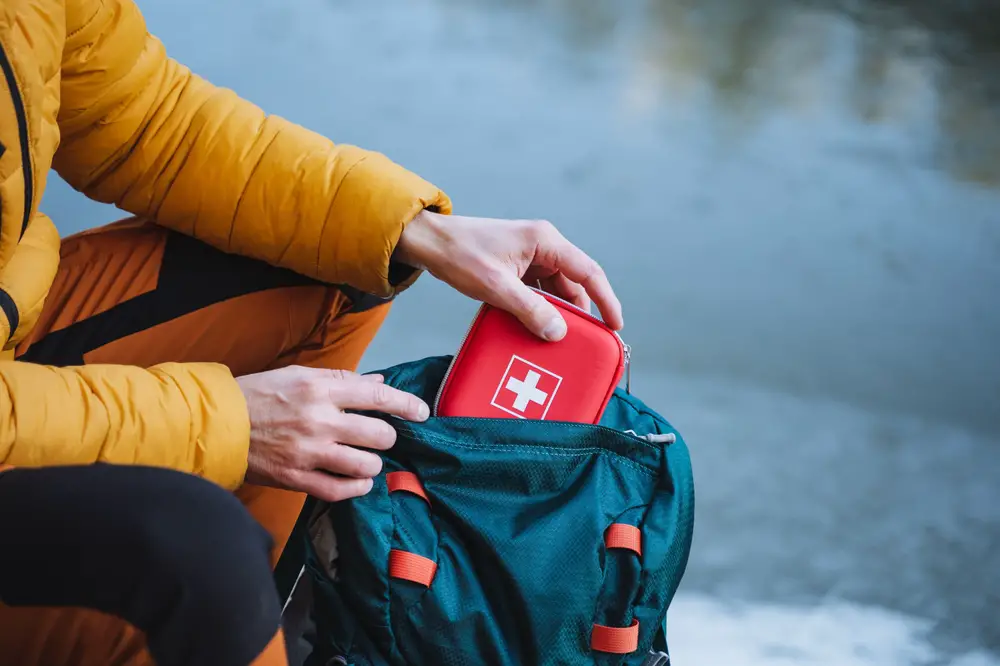
Bringing a well-stocked first aid kit is non-negotiable when heading into the wilderness. It’s your first line of response for injuries caused by wildlife encounters or other accidents. A good kit includes bandages, antiseptic wipes, tweezers, and snake bite kits, among other essentials. Knowing how to use the items in your kit is just as crucial as having them, so consider taking a first aid course before your trip.
A first aid kit can also be useful for treating minor scrapes, bites, or allergic reactions to plants or insects. It’s a versatile tool that ensures you can handle unexpected situations effectively. Regularly check your kit before each trip to replace used or expired items. Preparedness with a first aid kit provides peace of mind, allowing you to focus on enjoying your adventure.
9. Dog Deterrents: Keep the Canines at Bay
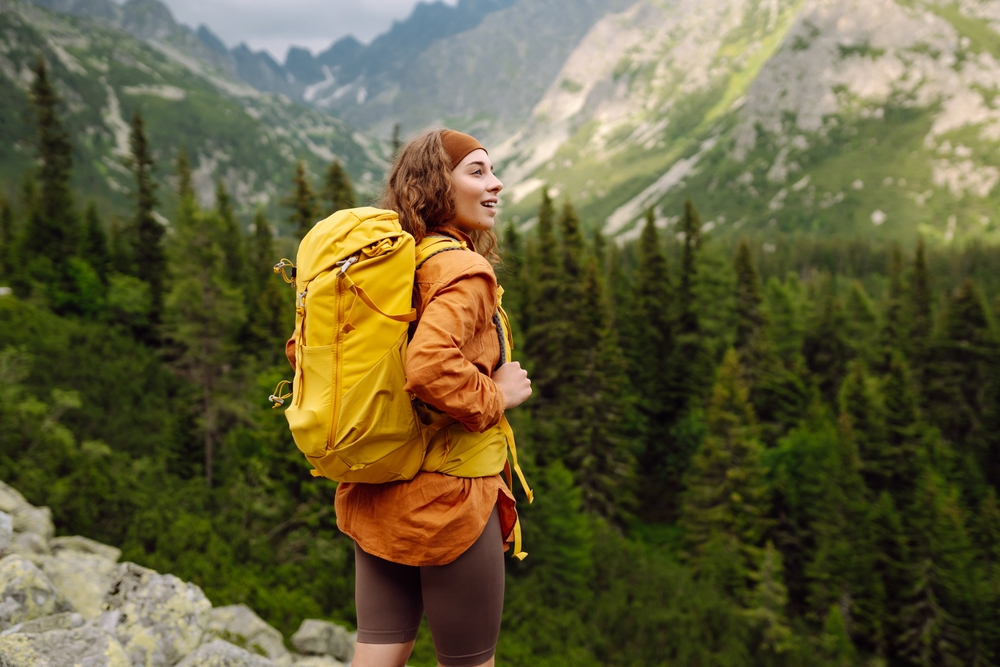
In some hiking areas, you might encounter aggressive or stray dogs, and having a dog deterrent can be incredibly helpful. Devices that emit ultrasonic sounds can deter dogs without causing harm, giving you a chance to move away safely. It’s a non-violent and effective way to prevent potentially dangerous situations. Additionally, carrying a walking stick or umbrella can also act as a deterrent by creating a barrier or distraction.
Understanding dog body language can also aid in de-escalating potential confrontations. Avoid making direct eye contact, and back away slowly if a dog seems aggressive. If you frequently hike in areas with stray dogs, consider carrying a small, portable air horn as an added precaution. Being prepared with dog deterrents is a smart addition to your safety measures.
10. Fire: A Natural Deterrent
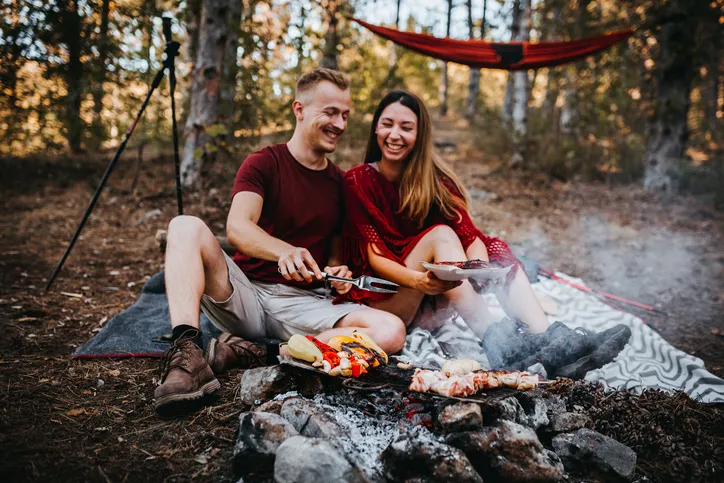
Fire is a natural deterrent for many animals and can provide comfort and safety during your camping trip. Building a campfire not only keeps you warm but also helps to ward off animals that are wary of flames. However, it’s important to maintain your fire responsibly to avoid attracting unwanted attention or creating a hazard. Make sure to follow local regulations and extinguish your fire completely before sleeping or leaving the site.
In addition to deterring animals, a fire can cook food, purify water, and signal for help if necessary. It’s a versatile tool that, when used safely, enhances your overall outdoor experience. Always carry waterproof matches or a lighter, and consider bringing fire starters as a backup. Remember, a campfire is more than just a source of warmth; it’s a significant part of your wildlife deterrent strategy.
11. Understanding Animal Behavior: Knowledge Is Power
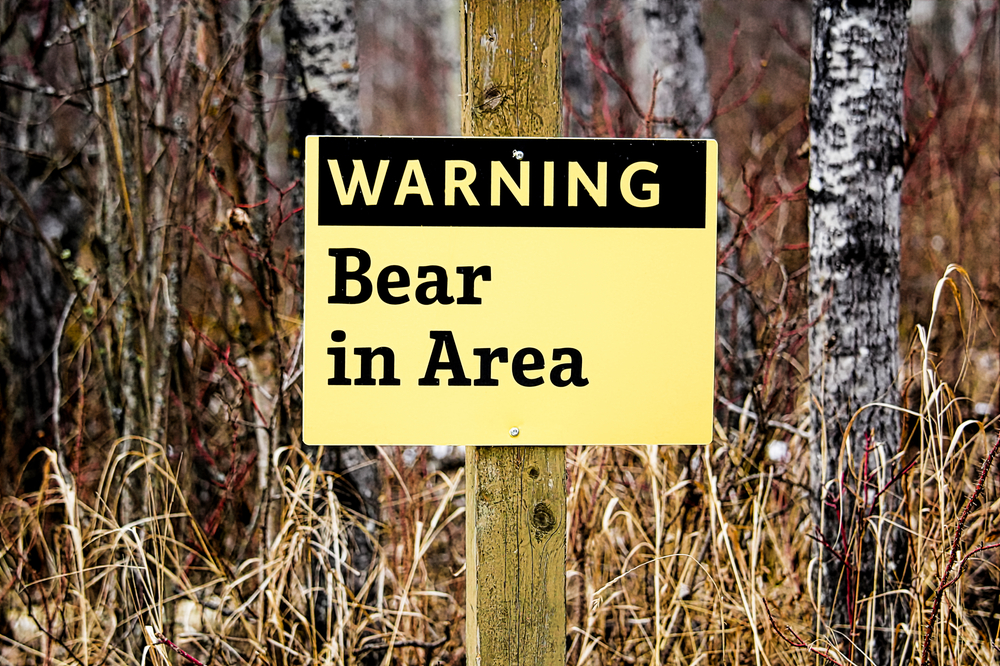
Perhaps one of the most potent tools you can carry is knowledge of animal behavior. Understanding why animals act a certain way can help you avoid situations where they might feel threatened or aggressive. Educate yourself about the wildlife in the area you’ll be exploring, including their habits, territories, and warning signs. This information can guide your actions and help you react appropriately in encounters.
Knowledge of animal behavior allows you to anticipate potential dangers and navigate around them. It also helps you respect wildlife and their habitats, minimizing negative interactions. Consider carrying a small guidebook or downloading an app that offers quick information on the local fauna. Ultimately, being informed empowers you to make safer and more respectful choices in the wild.
12. GPS & Communication Devices: Stay Connected
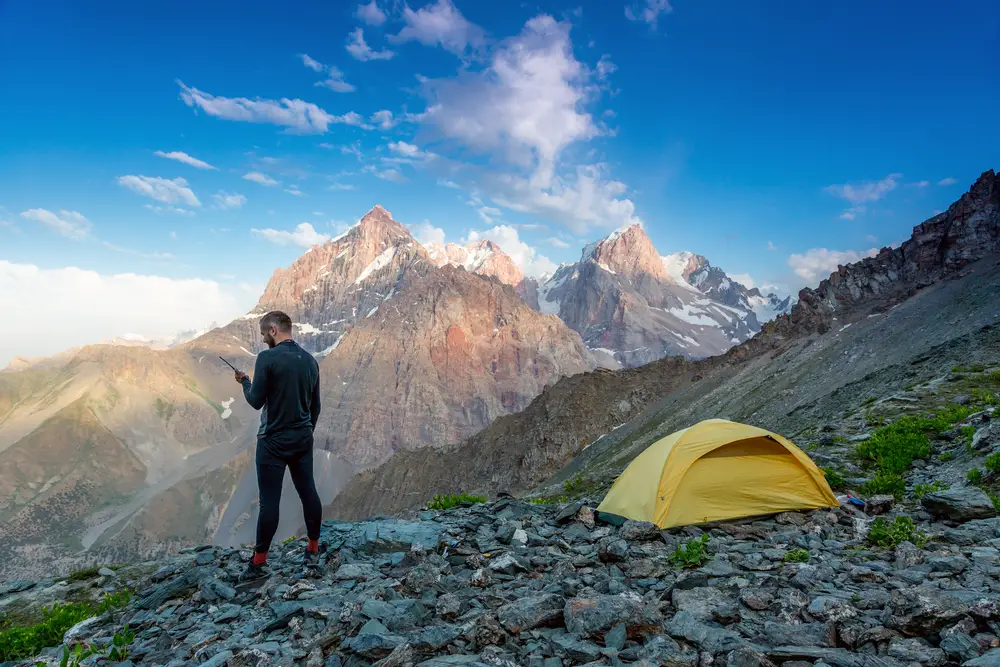
While it might not directly deter animals, having a reliable GPS and communication device ensures you can call for help if you encounter wildlife or other dangers. Satellite phones, personal locator beacons (PLBs), or GPS devices provide a safety net by allowing you to communicate with others when you’re off-grid. They help you navigate safely and ensure you’re never truly alone, even in remote locations.
Regularly update and test your devices to ensure they’re working correctly before each trip. These tools are invaluable in emergencies and can guide rescuers to your location quickly. Always have a plan for checking in with someone back home, and make sure your devices are fully charged. Staying connected gives you peace of mind, knowing help is just a signal away.
